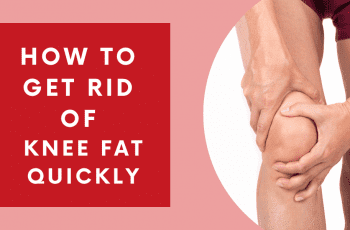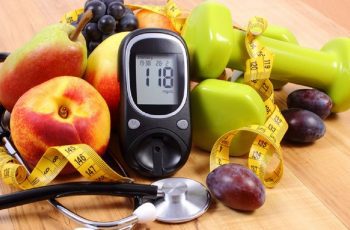A woman given months to live after all treatments for her breast cancer failed has been completely cured by a breakthrough injection.
Judy Perkins had tumors the size of plums in her liver after cancer spread through her body and had made a ‘bucket list’ of places to visit before she died.
Yet, after seven types of chemotherapy failed, the 52-year-old’s tumors were totally destroyed by her own white blood cells.
Perkins has now been cancer free for two years, thanks to a revolutionary immunotherapy treatment administered by the National Institutes of Health, a new study reveals.
She said: ‘It feels miraculous and I am beyond amazed that I have now been free of cancer for two years. Experts may call it extended remission but I call it a cure.
‘Within two weeks I could feel the tumors in my chest wall shrinking and I started to feel better. The doctors were beaming at the results – they were practically tap dancing with happiness.’
It is a world first in using the treatment, called ‘adoptive cell transfer’, to successfully treat breast cancer and is hoped to be available for a wider group of patients within five years.
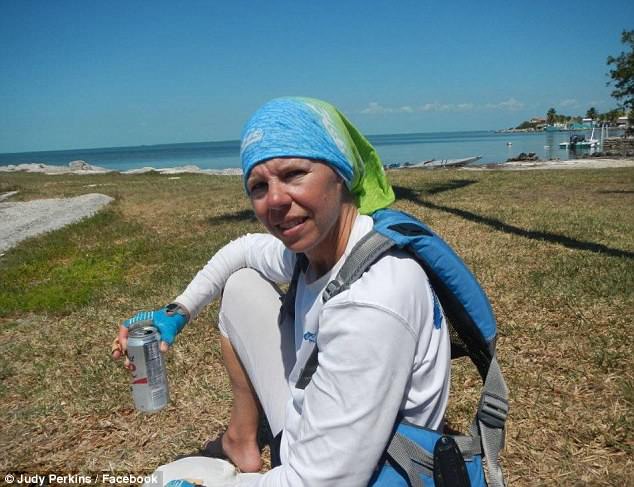
Judy Perkins, 52, has been tumor-free for two years thanks to a revolutionary treatment that supercharged her immune system to fight her breast cancer in a world-first clinical success
The mother-of-two has now been cancer-free for two years and her story is published in the prestigious scientific journal Nature Medicine.
The approach used was presented at the annual conference of the American Society of Clinical Oncology this week.
Perkins said: ‘My condition deteriorated a lot towards the end and I had a tumor pressing on a nerve, which meant I spent my time trying not to move at all to avoid pain shooting down my arm. I had given up fighting.
‘But after the treatment dissolved most of my tumors, I was able to go for a 40-mile hike.
‘I went from being on morphine and a lot of painkillers to stop taking them all in one go.
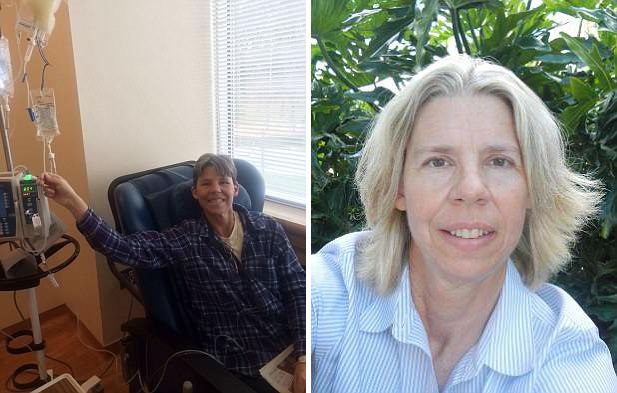
Perkins started receiving immunotherapy in 2015 (left), after several lines of treatment, including chemotherapy that cost her her full head of blonde hair (right), failed to treat her
About one in eight women in the US will develop breast cancer at some point in their lives.
Traditional treatments including surgery, chemotherapy, and radiation put many into remission.
These days, the survival rate for breast cancer patients in the industrialized world is quite remarkable: If the disease is diagnosed while it is still limited to the breast, there is a 99 percent survival rate over the next five years.
This number drops in later stages of cancer, with just a 27 percent five-year survival rate for those whose breast cancer has spread far away parts of their bodies.
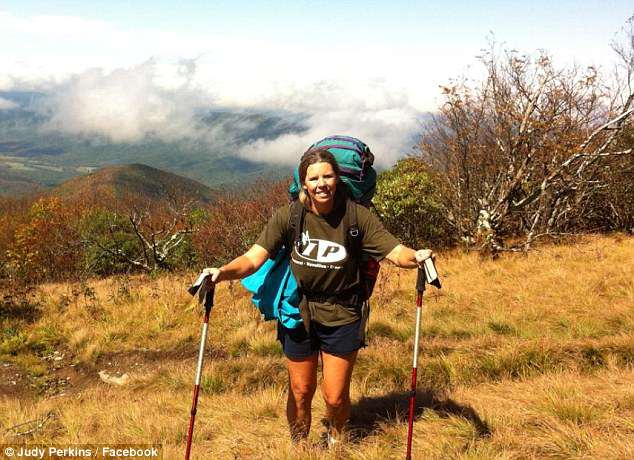
Perkins made a ‘bucket list’ that included a 2013 trip to Costa Rica with her sons, Chris and Charlie (left, second from right) and husband, Robert (second from left)
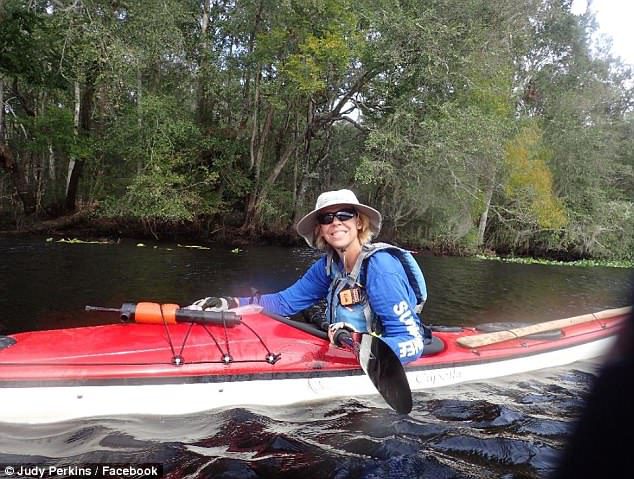
The mother-of-two was given just months to live when she was diagnosed in 2003 but has been fighting and checking items off her bucket list ever since
Traditionally, breast cancer patients may be inundated with chemotherapy or radiation and have surgery to remove their tumors.
Still, more than 40,000 American women are expected to lose their battles with the disease this year alone, highlighting the need for improved treatments, especially those with the latest stage cancers.
Now, the team at the National Institutes of Health have proven that at least for one such patient, a better, more personalized treatment through immunotherapy is out there.
However, just 15 percent of people respond so dramatically to immunotherapy – a type of treatment which harnesses the body’s own immune system to fight cancer.
Perkins, an engineer from Florida, is the first to be given adoptive cell transfer for incurable breast cancer.
Scientists led by the National Cancer Institute in the US, removed a tumor from her chest to determine her unique breast cancer ‘signature’ – the genetic mutations which make every person’s cancer different.
Having discovered 62 mutations, they found she had white blood cells able to seek and destroy four of those mutations.
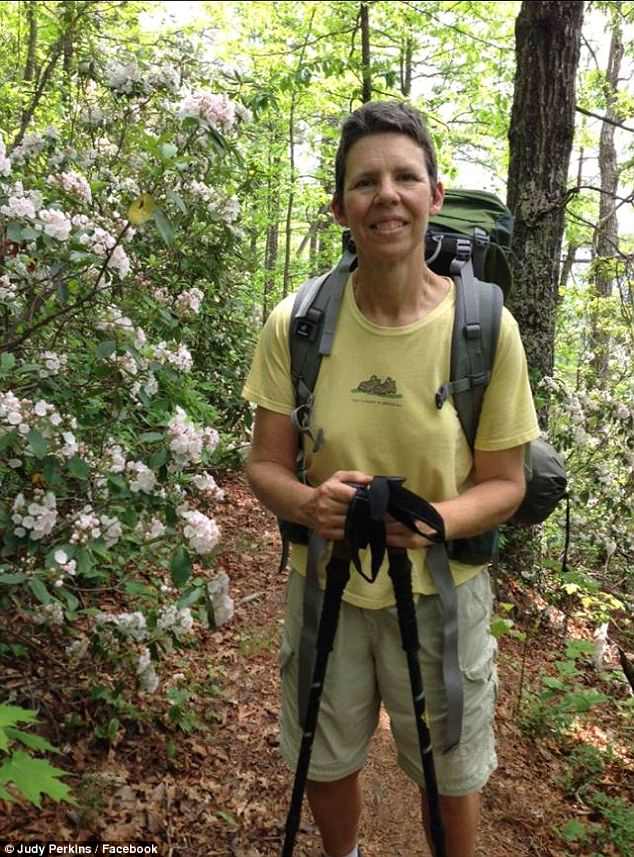
Determined to make the most of her remaining years or months, Perkins hiked parts of the Appalachian Trail in 2015. Now, the 52-year-old should have plenty of time to travel
To super-charge her immune system, they took a few hundred of these important immune T-cells and grew them into an army of 82 billion cells.
This took eight weeks, after which the white blood cells were injected back into her body to do their work.
Dr. Steven Rosenberg, a lead member of the team who carried out the treatment in December 2015, said: ‘This patient came to us in a desperate situation, with every treatment has failed.
‘The breakthrough here is in finding an approachable to identify the T-cells which target genetic mutations and in being able to grow them to this number.
‘But the important point is that this is using a patient’s own cells to attack their own cancer.’
Perkins was first diagnosed with breast cancer in the lining of her ducts in 2003 and had a mastectomy before cancer returned a decade later.
She went through seven types of chemotherapy and another experimental drug trial before running out of options.
In December 2015, she found out cancer had spread to her liver, as well as lymph nodes in her chest wall and abdomen.
The mother of two sons aged 18 and 20 said: ‘When you have metastatic cancer, you can be treated but not cured. Each treatment worked for less time than the treatment before, and it was exhausting.
‘I couldn’t do anything which I had enjoyed before and I didn’t want it to continue. I wanted to get dying over with.’
On the breakthrough procedure, she said: ‘I was very skeptical about whether this treatment would work because I knew the odds were not really great.’
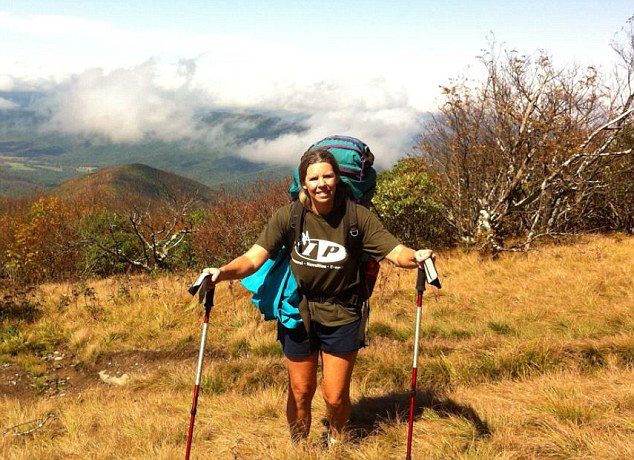
Perkins hiked the Applachian trail in 2015, the same year she started the immunotherapy that has now effectively cured the traveler of her breast cancer
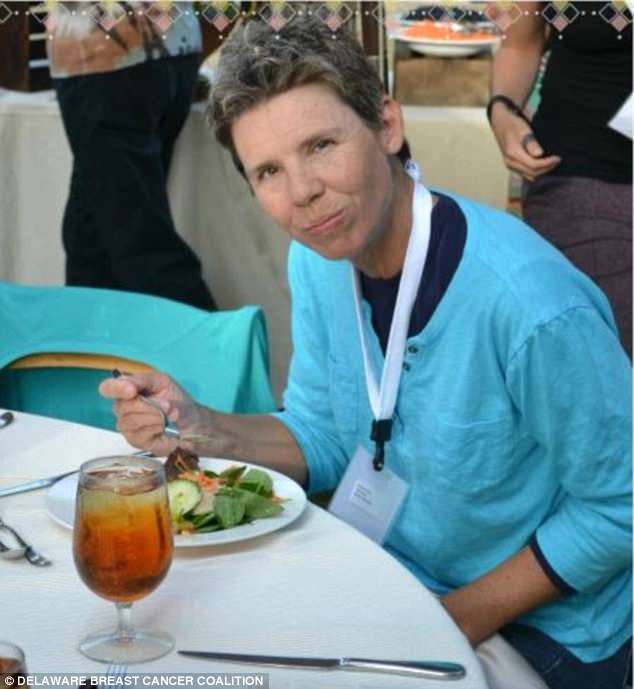
Perkins attended the National Breast Cancer Coalition Project Lead conference in San Diego in July 2015, just after she had started the immunotherapy treatment
‘I had resigned my job and was planning on dying. I had a bucket list of things I needed to do before the end, like going to the Grand Canyon.
‘Now I have gone back to normal everyday life.’
The breast cancer patient’s lesions had completely disappeared within a year of treatment, according to the case report in Nature Medicine.
The researchers had previously expected her to survive for only a few months.
Dr Stephanie Goff, who presented a study on the breakthrough treatment in skin cancer at the ASCO conference and was also involved with Mrs Perkins’ treatment, said: ‘For many years it was thought that widespread breast cancer could not be attacked by the immune system, but this opens the door to harnessing the body’s own defences.
‘This is the cutting edge of medicine.’
Another expert at ASCO, Dr. Michael Sabel, chief of surgical oncology at the University of Michigan, said: ‘We have been struggling in getting the immune system to recognize cancer for many years, especially for some types of cancer.
‘These results are very inspiring and very promising. This represents a paradigm shift.’
If you know someone who might like this, please click “Share!”


